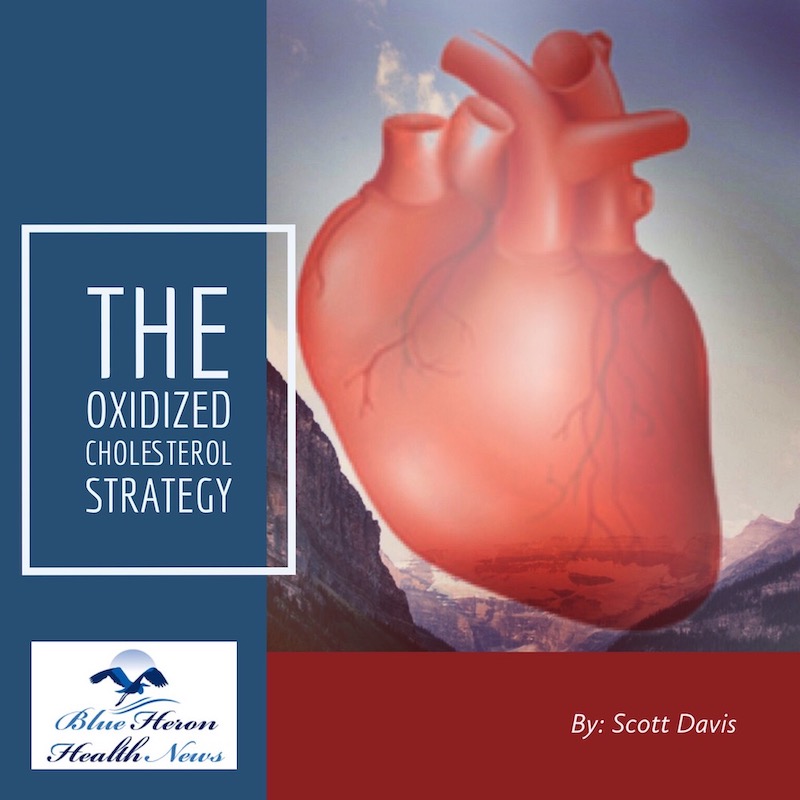
The Oxidized Cholesterol Strategy™ By Scott Davis The Oxidized Cholesterol Strategy is a well-researched program that reveals little known secret on how to tackle cholesterol plaque. This program will tell you step by step instructions on what you need to completely clean plaque buildup in your arteries so as to drop your cholesterol to healthy level.
What is the impact of oxidized cholesterol on blood pressure?
Oxidized cholesterol, particularly in the form of oxidized low-density lipoprotein (oxLDL), can have a significant impact on blood pressure, largely through its role in the development of atherosclerosis and vascular inflammation. Here’s how oxidized cholesterol can influence blood pressure:
1. Contribution to Atherosclerosis
- Plaque Formation: Oxidized cholesterol contributes to the buildup of atherosclerotic plaques in the arteries. As these plaques accumulate, they narrow the arterial lumen (the inside space of the artery), which increases resistance to blood flow. This narrowing of the arteries is a primary factor in increasing blood pressure, as the heart has to pump harder to push blood through the restricted vessels.
2. Vascular Inflammation
- Inflammatory Response: Oxidized LDL is recognized by the immune system as a harmful entity, leading to an inflammatory response in the arterial walls. Chronic inflammation contributes to further narrowing and stiffening of the arteries (arteriosclerosis), which can lead to higher blood pressure.
3. Endothelial Dysfunction
- Damage to the Endothelium: The endothelium is the thin layer of cells that lines the interior surface of blood vessels. Oxidized cholesterol can damage these cells, impairing their ability to regulate blood vessel dilation. Normally, the endothelium releases substances like nitric oxide that help blood vessels relax and dilate, lowering blood pressure. When this function is impaired, blood vessels may remain constricted, leading to higher blood pressure.
4. Reduced Nitric Oxide Availability
- Oxidative Stress: Oxidized cholesterol contributes to oxidative stress, which reduces the availability of nitric oxide (NO) in the blood vessels. NO is a crucial molecule that helps maintain vasodilation (widening of blood vessels). A reduction in NO levels leads to vasoconstriction (narrowing of blood vessels), which increases blood pressure.
5. Increased Risk of Hypertension
- Long-Term Effects: Over time, the combined effects of plaque formation, vascular inflammation, endothelial dysfunction, and reduced NO availability contribute to the development of hypertension (high blood pressure). Persistent high blood pressure further exacerbates the risk of cardiovascular diseases, including heart attacks and strokes.
Sources:
- American Heart Association: Discusses the role of oxidized LDL in atherosclerosis and its impact on cardiovascular health, including blood pressure (AHA Link).
- National Institutes of Health (NIH): Provides information on how oxidative stress and endothelial dysfunction contribute to hypertension (NIH Link).
- Journal of Hypertension: Explores the relationship between oxidized cholesterol, endothelial dysfunction, and high blood pressure (Journal Link).
In summary, oxidized cholesterol impacts blood pressure primarily by contributing to atherosclerosis, causing vascular inflammation, and impairing endothelial function. These effects lead to increased arterial stiffness and narrowing, which elevate blood pressure and heighten the risk of hypertension and related cardiovascular diseases.
The Oxidized Cholesterol Strategy™ By Scott Davis The Oxidized Cholesterol Strategy is a well-researched program that reveals little known secret on how to tackle cholesterol plaque. This program will tell you step by step instructions on what you need to completely clean plaque buildup in your arteries so as to drop your cholesterol to healthy level.
